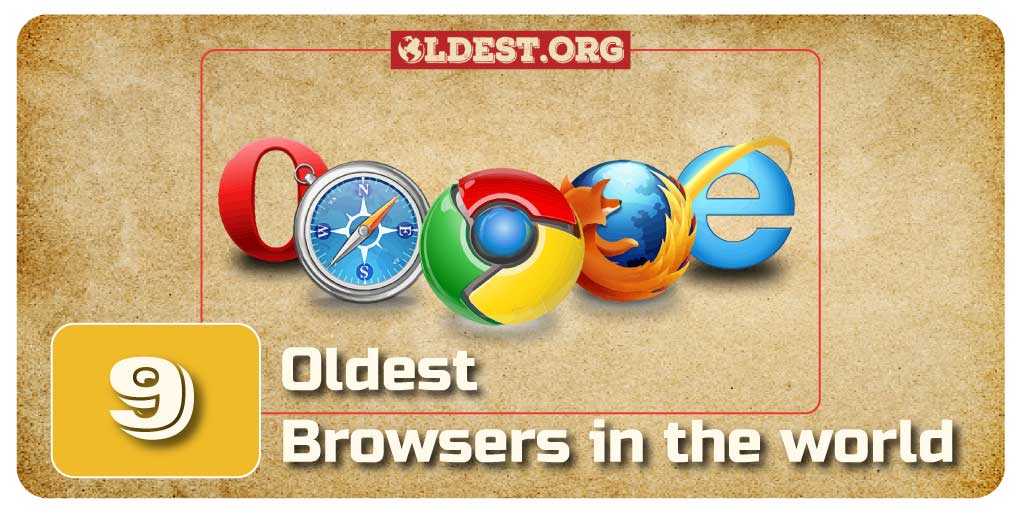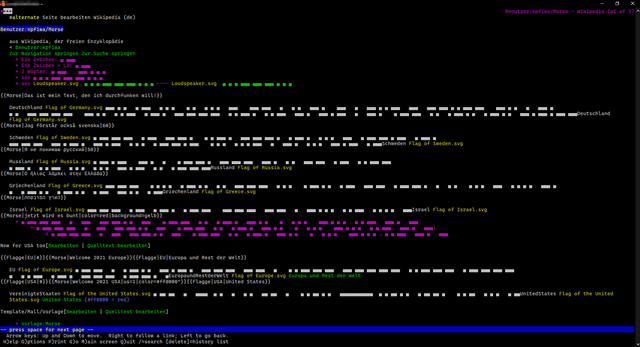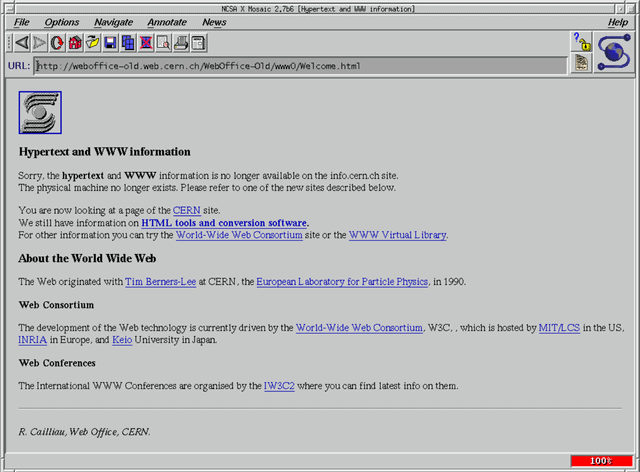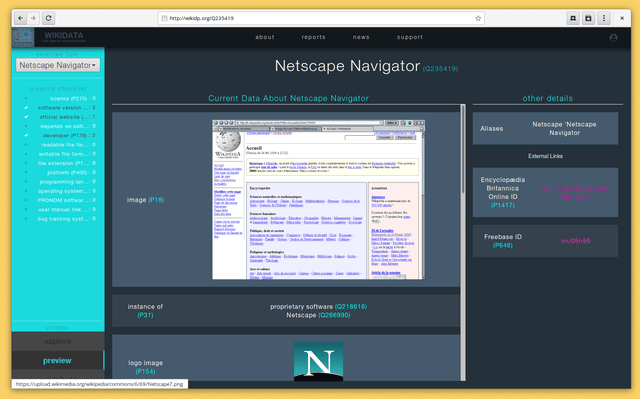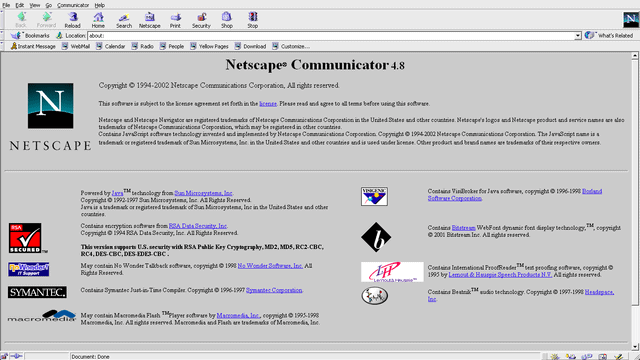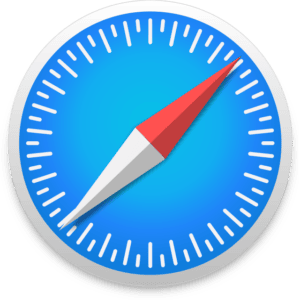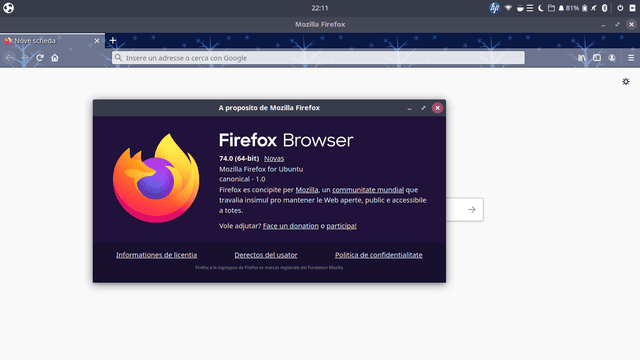The evolution of web browsers has transformed how we access and interact with the internet. Over the years, numerous browsers have emerged, leaving an indelible mark on the digital landscape.
Let’s explore nine older web browsers that have significantly contributed to the evolution of internet browsing, from their country of origin to their lasting impact on the online world.
1. Lynx
Headquarters: United States
Year Established: 1992
Status: Still in Use
Lynx was developed by the University of Kansas. It is a unique text-based web browser that predates graphical browsers like Mosaic and is the oldest on this list. It remains popular among users who prefer lightweight, text-only browsing experiences and is particularly accessible to visually impaired users.
Did You Know?
Lynx’s text-based interface makes it a preferred choice for accessing the internet in low-bandwidth or text-only environments.
2. Mosaic
Headquarters: United States
Year Established: 1993
Status: Discontinued
Mosaic was developed by the National Center for Supercomputing Applications (NCSA). It was the first widely-used graphical web browser. Its user-friendly interface and support for images laid the foundation for modern internet browsing.
Did You Know?
One of Mosaic’s creators, Marc Andreessen, later co-founded Netscape Communications Corporation, further contributing to the development of web browsers.
3. Netscape Navigator
Headquarters: United States
Year Established: 1994
Status: Discontinued
Netscape Navigator was developed by Netscape Communications Corporation. It was a pioneering web browser when it launched. This browser played a central role in introducing the world to the internet.
Netscape Navigator set the stage for modern web browsing with its user-friendly interface and innovative features such as tabs and JavaScript support. It was discontinued in 2008, but its legacy lives on in Mozilla Firefox.
Did You Know?
Netscape Navigator’s source code was open-sourced to create the Mozilla project, which gave rise to Mozilla Firefox, a popular web browser still in use today.
4. Opera
Headquarters: Norway
Year Established: 1995
Status: Still in use
Opera was developed by Opera Software in Norway. This web browser is one of the oldest web browsers still actively used today. Opera has maintained a loyal user base because of its early adoption of tabbed browsing and efficient rendering. It continues to evolve with various features, including a built-in VPN and ad blocker.
Did You Know?
Opera was the first major web browser to include a built-in ad blocker, offering users faster and more private browsing experiences.
5. Internet Explorer
Headquarters: United States
Year Established: 1995
Status: Discontinued
Internet Explorer, developed by Microsoft, became the default web browser for millions of users worldwide due to its integration with Windows operating systems. At its peak, Internet Explorer enjoyed a market share of over 90%, making it the most widely used browser. However, stiff competition and security concerns led to its eventual discontinuation in favor of Microsoft Edge.
Did You Know?
Internet Explorer’s dominance and bundling with Windows led to antitrust lawsuits, with some countries imposing fines on Microsoft for its aggressive market practices.
6. Netscape Communicator
Headquarters: United States
Year Established: 1997
Status: Discontinued
Netscape Communicator was an extended version of Netscape Navigator. It was a comprehensive suite that included a browser, an email client, an HTML editor, and more. It aimed to offer a complete internet solution but faced stiff competition from emerging browsers.
Did You Know?
A significant legal battle between Netscape Communications Corporation and Microsoft over integrating Internet Explorer into Windows significantly impacted the popularity of Netscape Communicator.
7. Safari
Headquarters: United States
Year Established: 2003
Status: Still in use
Safari was developed by Apple Inc. It made its debut as the default web browser for Mac devices. Its integration with Apple’s ecosystem and focus on speed and efficiency quickly made it a popular choice among Apple users. Today, Safari is also available for iOS devices.
Did You Know?
Safari was the first web browser to support native audio and video elements in HTML5, revolutionizing multimedia experiences on the web.
8. Mozilla Firefox
Headquarters: United States
Year Established: 004
Status: Still in use
Mozilla Firefox is an open-source browser developed by the Mozilla Foundation. As mentioned before, it emerged as a robust alternative to Internet Explorer. Its focus on user privacy, security, and customization options quickly gained a dedicated following.
Firefox’s extensible architecture allows users to install various add-ons and themes, tailoring their browsing experience.
Did You Know?
To celebrate the success of Firefox, the Mozilla Foundation organized a Guinness World Record attempt for the most software downloads in 24 hours, with the release of Firefox 3.0 in 2008.
9. Google Chrome
Headquarters: United States
Year Established: 2008
Status: Still in use
Google Chrome, as the name suggests, is developed by Google. One of my favorites, it revolutionized web browsing with its minimalist design, speed, and efficient performance. Chrome quickly became one of the most popular and widely used browsers worldwide because of its fast rendering engine. It introduced the Chrome Web Store, allowing users to access various extensions and web applications.
Did You Know?
The 3D representation of a Möbius strip inspires the Google Chrome logo. It symbolizes the infinite possibilities and interconnectedness of the internet.
Conclusion
Like all the technological advancements of our world, learning about these web browsers and their lasting impact on the internet’s growth and development is fascinating.
From the web browsers that brought graphical interfaces to the web to the modern and current web browsers that prioritize speed, security, and user customization, each browser has left a mark and played a vital role in shaping the internet landscape we know today.
Looking back at what we came from is a humble reminder of growth and an exciting reminder of future possibilities.


